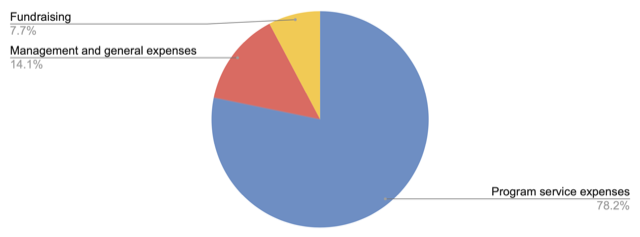I'm Sean Mayberry, and I’m the Founder/ Chief Executive Officer of StrongMinds. I will spend time on the Monday after the Thanksgiving holiday answering questions here (though I may get to some questions sooner).
A little background information about me:
- I founded StrongMinds in 2013. We are a social enterprise/NGO that treats depression in low-income women and adolescents by providing group interpersonal therapy (IPT-G) delivered by lay community health workers. StrongMinds is the only organization scaling a cost-effective solution to the depression epidemic in Africa.
- Our model developed from the findings of a randomized controlled trial in Uganda in 2002 that had remarkable success in treating depression with group interpersonal psychotherapy (IPT-G). The study, by researchers from Johns Hopkins University (JHU), used lay community workers with only a high school education.
- I left my position as the CEO of a global antipoverty organization and founded
StrongMinds, concentrating in Uganda, the site of the previous randomized controlled trial. I used my family’s savings to accomplish this and volunteered full-time for the first 18 months until supporters were identified. We would seek out individuals with an interest in being data-driven, entrepreneurial, people-focused, passionate, open, and collaborative. Those traits eventually informed the core values of the company culture at StrongMinds. - StrongMinds has now treated over 160,000 women with depression to date in Uganda and Zambia. On average, 80% of the women we treat remain depression-free six months after the conclusion of therapy. When our clients become depression-free, they can work more, and their kids eat and attend school more regularly. They also report that they no longer feel isolated and have people to turn to for social support. By the end of 2022, we will have treated over 210,000 women and adolescents through our work.
- Drawing on evidence from over 80 academic studies, Happier Lives Institute has found that the group interpersonal therapy provided by StrongMinds is almost ten times more cost-effective than giving cash to people in extreme poverty (a standard benchmark for aid effectiveness).
- I have been honored to present at a few Effective Altruism events. We love that the
the community has taken such an interest in StrongMinds’ approach centered around data collection, transparency, cultural competence/appropriateness, and human well-being.
Please ask me anything! I look forward to answering all of your questions.
UPDATE: I'm sorry for the delay in responding, but I wanted to take the time to be thoughtful and thorough with each of my responses.






Both are true! Numerous studies have shown that when you help an African Mom, the downstream effects are significantly more substantial. Globally, women have a depression rate of 1.5 times higher than that of men. An African woman with depression, compared with her healthy peers, suffers greatly: she is less productive, has a lower income, and has poorer physical health. If she is a Mother, the negative impact extends to her entire family. Research shows that children of depressed Mothers are more likely to have poor health, struggle in or miss school, and suffer from depression themselves.
Furthermore, because depression impairs the ability to focus and concentrate, depression sufferers do not respond to health initiatives or livelihood trainings, rendering these programs less effective.
This impaired ability to function in day-to-day life creates profound hardship in Uganda and Zambia, where life is community-centered and reliant on each person fulfilling her role and where depression carries a great stigma. When a woman cannot perform her social responsibilities, she can become a target of criticism and social exclusion. Women in these communities also often have far less access to resources.